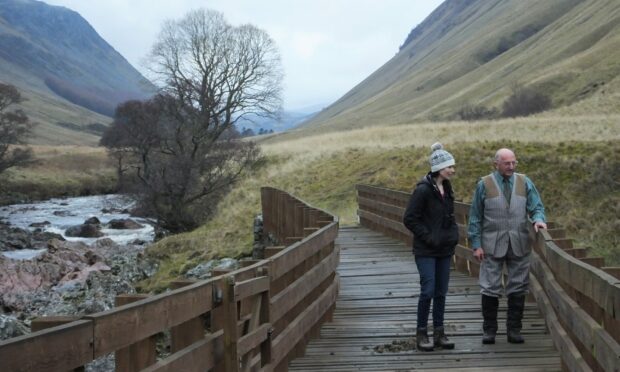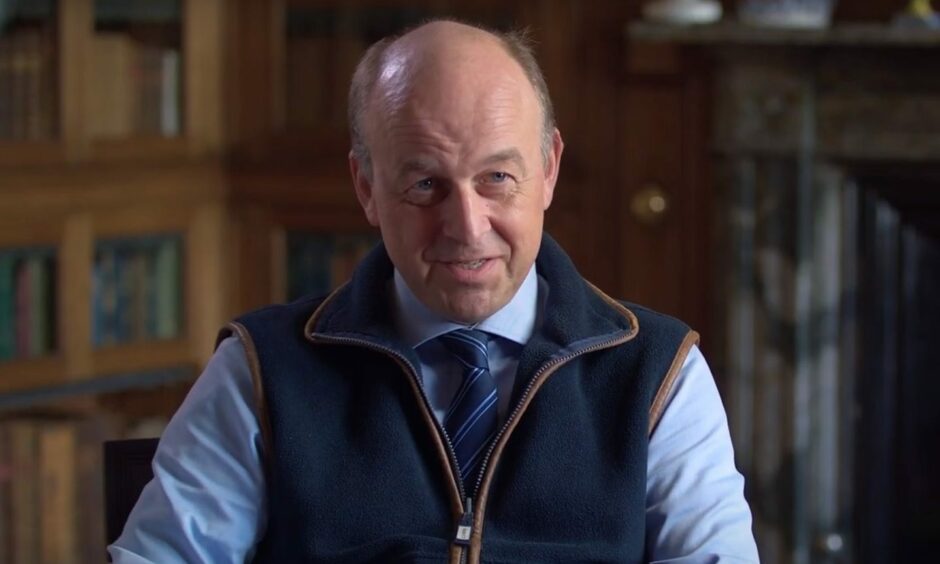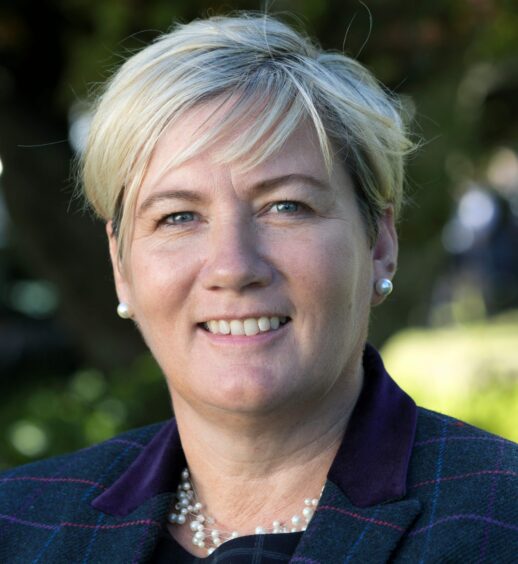Proposed new laws targeting large landowners threaten green projects in rural Perthshire and Angus.
That is according to Andrew Bruce Wootton, the chief executive of Atholl Estates in Perthshire.
He believes Scottish Government proposals to make it more difficult to own estates bigger than 3,000 hectares in one place will undermine ongoing environmental work.
He said: “The reality is that large-scale land ownership, whether private, public or community-led, enables you to embark on key projects that would otherwise not be possible.
“This is particularly true when it comes to peatland restoration, which we are heavily involved in.
“We can only look at this because of the scale of our land holdings so the impression that big is bad is flawed when, in fact, scale delivers so much in terms of wider benefit to communities.”
Large Angus and Perthshire landowners attack Scottish Government plans
The Scottish Government wants to increase “the diversity of land ownership” and also bring about changes in land use.
That could mean more community ownership, rewilding projects, new forests and restoring depleted peat bogs.
Ministers are also concerned some large green projects could discourage people from living in rural areas and damage communities.
The government has proposed a public interest test on the sale or transfer of landholdings of more than 3,000 hectares.
Other measures include making sure landowners give community bodies notice if they intend to sell.
They also aim to ensure those applying for land-based subsidies have their property properly registered to help improve transparency.
But estate owners argue the public interest test will instead waste vast amounts of public money in potential legal challenges.
And instead of supporting green measures, they will have a chilling effect on many ongoing climate and social projects.
‘Scale of ownership is crucial’
Sarah Jane Laing is chief executive of Scottish Land & Estates.
She said: “The government says it plans transformative change that will benefit communities and the environment. It could have the very opposite effect.
“Scale of ownership is crucial to improving the environment through peatland restoration, renewable energy and biodiversity.”
The measures are likely to be contained in the forthcoming Land Reform Bill.
The Scottish Government’s public consultation on Land Reform in a Net Zero Nation closes on Sunday.
The Scottish Parliament has shown its commitment to land reform since the start of devolution. The forthcoming bill will be its third piece of legislation
Many in Scotland are concerned that land ownership is opaque and, privately, concentrated in the hands of only a few hundred individuals.
Others are worried green projects will drive people out of rural communities
A Scottish Government spokesperson said ministers appreciate the valuable contribution many responsible landowners make to delivering net zero ambitions.
“Our proposals aim to encourage and support responsible and diverse landownership, including ensuring that communities have more opportunities to own land, and have say in how land in their area is used,” the spokesperson said.













Conversation